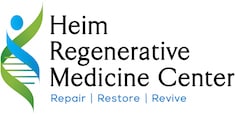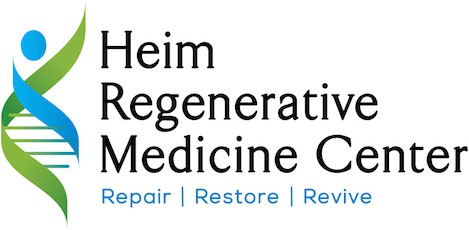
PRP therapy from the Heim Regenerative Medicine Center can help patients manage pain and swelling from arthritis. This minimally invasive treatment option supports the body’s natural process of regeneration using healing factors derived from the patient’s own blood.
Understanding Arthritis
Arthritis is a condition that’s characterized by joint inflammation and pain. There are several different types, with osteoarthritis and rheumatoid arthritis being the most common. Pain, swelling, stiffness, and decreased range of motion of the joint can occur with arthritis and gradually diminish one’s ability to stay active and even perform day-to-day tasks.
PRP Therapy for Arthritis
PRP contains high amounts of growth factors and healing blood cells. Specifically, plasma contains nutrients, proteins, and platelets. Platelets emit growth factors and proteins that promote healing and regeneration. By delivering these substances directly to an arthritic joint, or injured ligaments and tendons, PRP can stimulate the body’s healing process and ease symptoms of arthritis.
In PRP therapy, the patient’s blood is drawn and spun in a centrifuge. This separates the plasma from the red blood cells. The plasma is then injected into an arthritic joint and the ligaments and tendons that stabilize that joint. The art of this injection process is commonly called prolotherapy. The treatment has two elements. The first step of causing microdamage with a small needle to injured areas causes the immune system to wake up to the “new injury,” which starts the healing process. The second step is to inject the area with a concentrated dose of platelets and nutrients that aid in the healing process.
PRP therapy can reduce pain and inflammation from arthritis, stimulate the regeneration of damaged cartilage, and even slow the progression of osteoarthritis. This improves the function of the arthritic joint and may help patients reduce the use of medications for pain relief. As a minimally invasive regenerative treatment, PRP therapy can also potentially help patients avoid surgery for advanced osteoarthritis.
For more information about PRP therapy for arthritis, contact the Heim Regenerative Medicine Center today.


No Comments